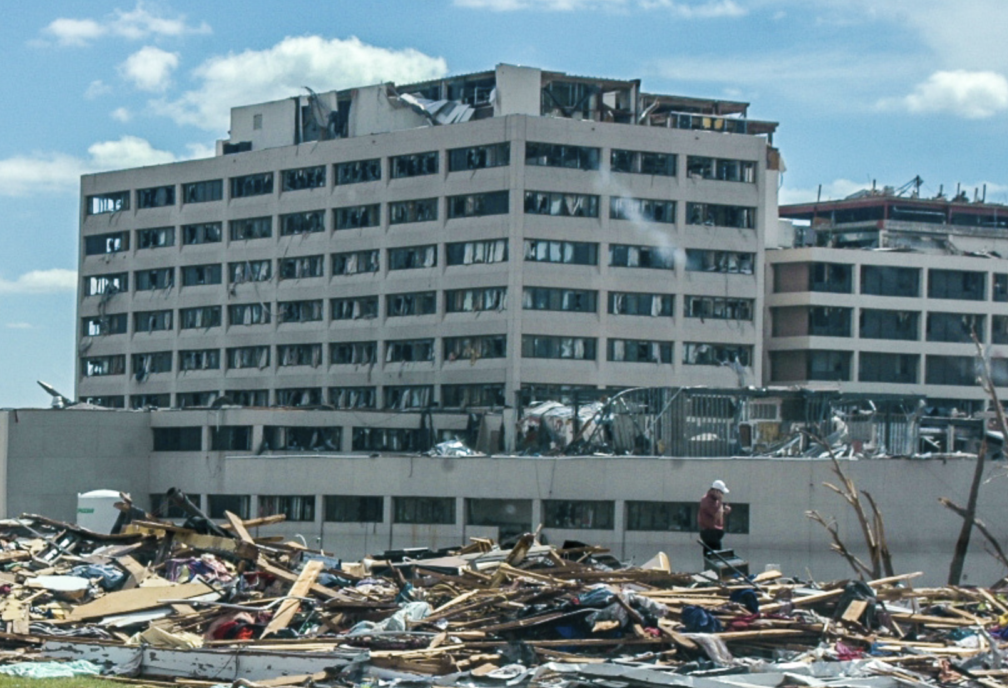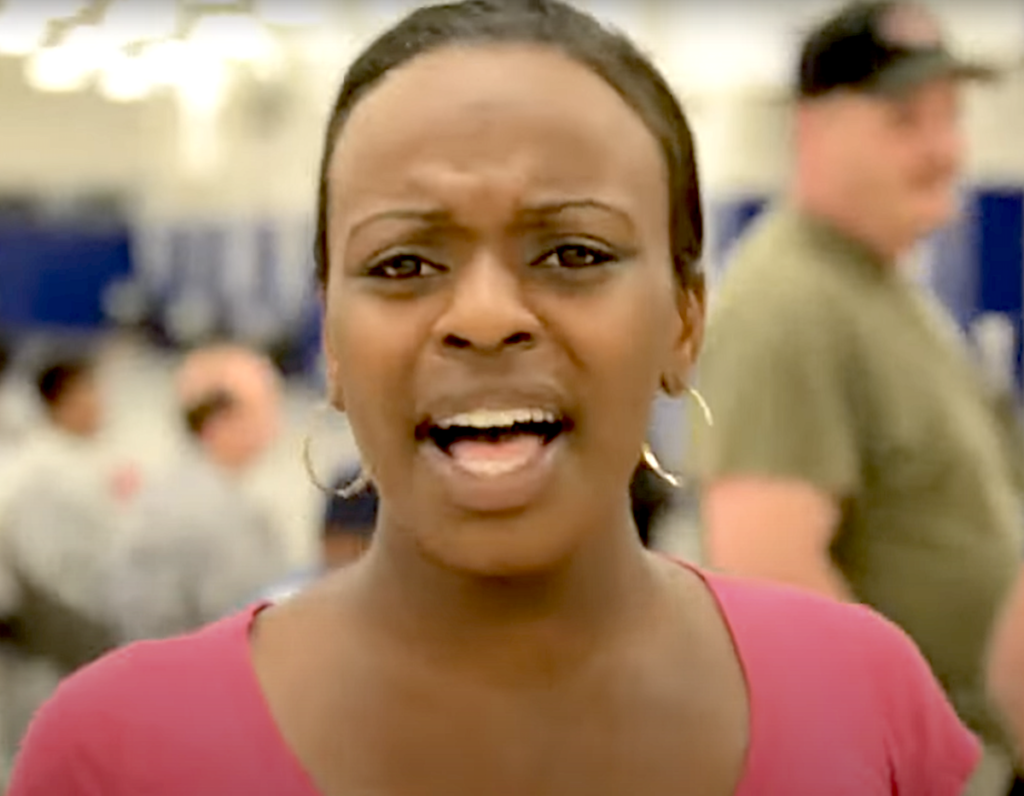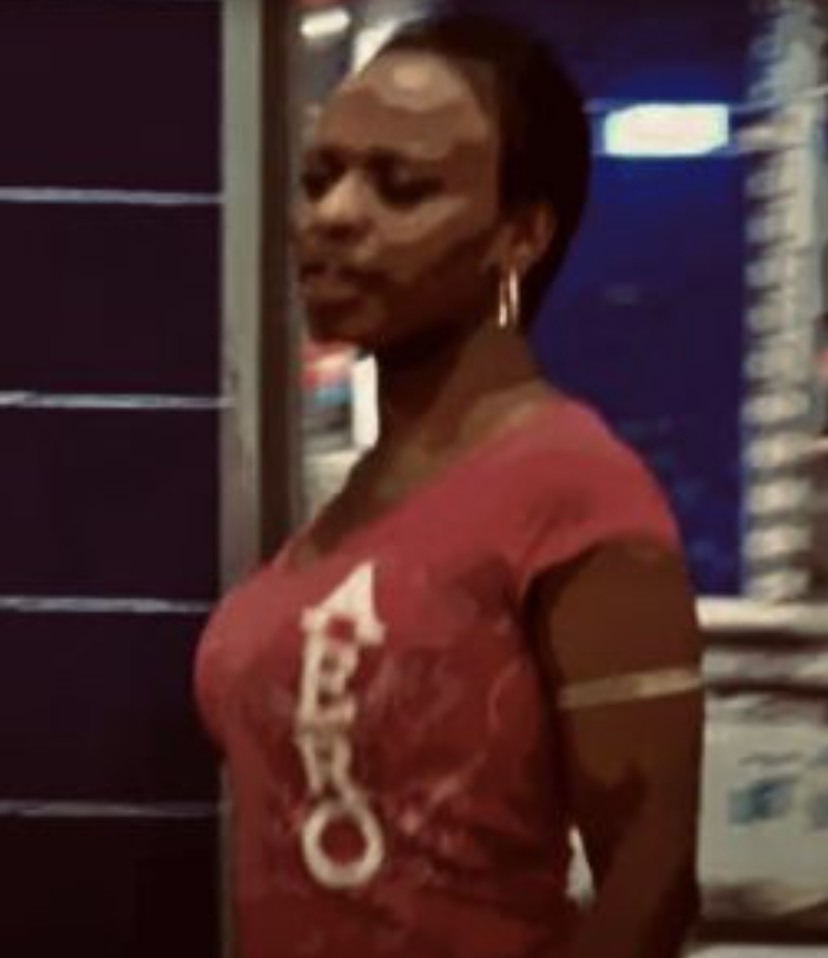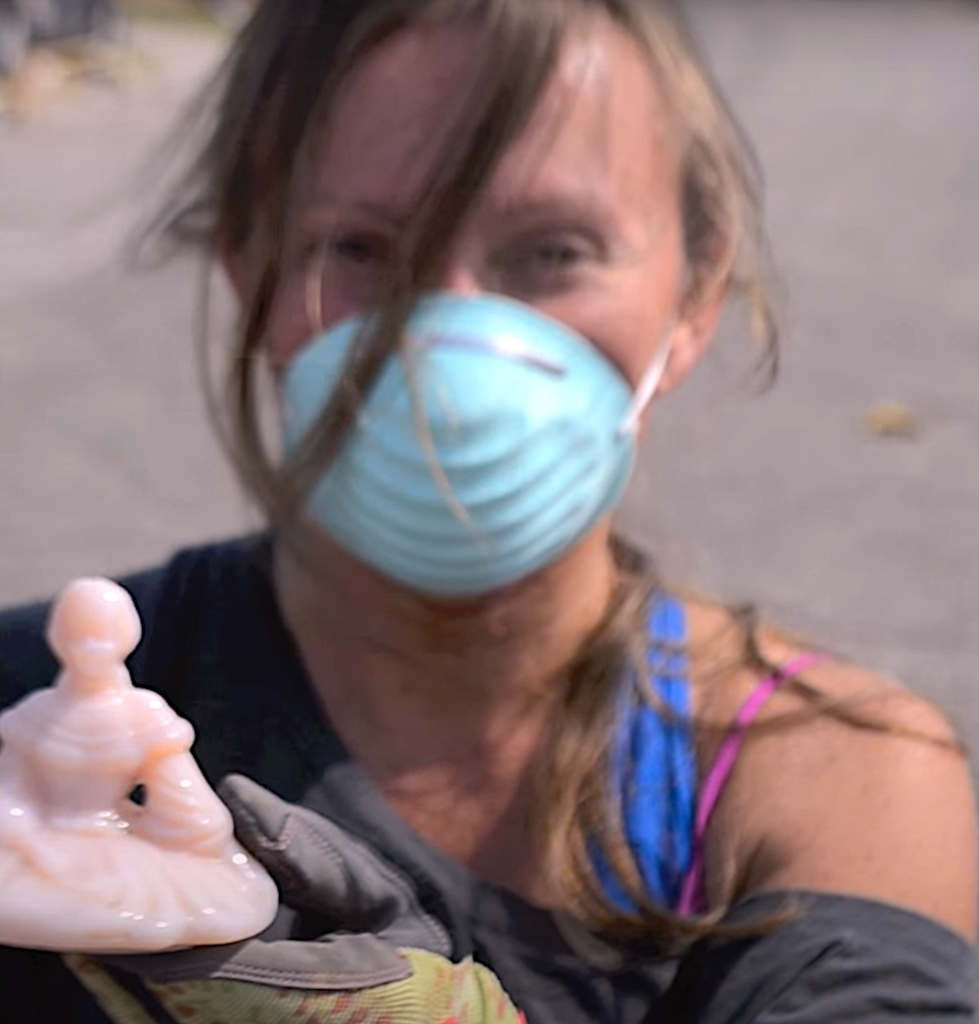After weeks-on-end of business school and tweaking my business plan, I was ready to head west on my cross-country bus trip, looking for that elusive web developer who would be my last cog in the wheel.
The journey which would take me through the heartland of America would seem interminable — four gritty days and sleepless nights. Could I tolerate the middle-of-the-night disruptions, filthy bathrooms, the constant chit-chat from disheveled vagabonds?
May 22, 2011, started like any other Sunday in Joplin, Missouri. People went to church and gathered with family and friends. The Joplin High School had just held its graduation, and families were returning home. But as dark clouds gathered above, a severe storm was brewing. At 5:41 PM, an EF-5 tornado touched down in the southern part of the city and tracked east, cutting a 13-mile swath through the heart of downtown.
It struck the campus of the Missouri Southern State University, where the local high school was holding its graduation ceremony. One hundred fifty people were still in the arena and swiftly evacuated to the basement. But others were already returning home and in stark danger. Tragically, the storm claimed the lives of seven students (including one of the recent graduates). 1

On May 25, I boarded a Greyhound from Baltimore heading west. I would stop in San Diego to run a marathon with Janine and her hubby before I headed north to Vancouver to find a web developer for my site.
But at the last minute, I decided there was a more significant calling than just running a road race. The city of Joplin had taken a heavy toll, and they desperately needed help.
A full-figured woman in her early 20’s sat a few rows behind me in a rowdy bus where a couple of boisterous fellows were cracking us up like a lobster claw. The jokes were coming at a feverish pace, exactly what we needed to establish the right mood for the long journey. One rugged hooligan was getting too fresh for comfort, causing the girl to pitch a fit.

“Young lady, please get up and sit somewhere else then. The rest of you brats – if I hear another peep from you, I’m gonna pull over and drop ya’ll off on the side of the highway where you’re gonna have to thumb your way home,” the bus driver announced indignantly.
The commotion subsided, but, I still didn’t get a lick of sleep for the next few hours. At the transfer in St Louis, I joined the other backpackers lounging on the floor. I would be stopping in Joplin for tornado relief – my body and my mind yearned for respite.
Suddenly my siesta was interrupted by a soft rendition of Keyshia Cole’s “Love”. She had a voice that could move mountains and a face that could launch a thousand trucks.

“Wow, you sound just like Whitney Houston.”
“Thank you. Maybe my delightful croon will make me rich and famous one day.”
“I certainly hope so. What’s your name and where you’re going?”
“You can call me Dee for Damaris. I’m heading to Ok. City to visit my aunt, Mimi.”
“Right on my dear. You should be going to L.A. You have a face of a movie star. I hope you’ll remember me when you record your first album.”
“How ’bout you — how far west are you going?”
“All the way to California, but first, I’m making a stop in Joplin.”
“Yeah, I heard about the tragedy – many precious lives were lost, thousands of homes destroyed.”
Then as I boarded the bus in St Louis, the bus driver started to give me a hard time.
“Are you sure you want to get off in Joplin — the entire town has been wiped off the map.”
“Absolutely, tens of thousands of survivors desperately need our help.”
“Ok, but your bags are going to San Diego.”
“Can’t do that, Ma’am. I have a foldable bike in the baggage compartment, and I’ll need that to navigate my way around the disaster area.”
“You’re outa your mind. That’s against Greyhound policy. Since the town is completely devastated, I’m sure they could use your help — what little support you can provide.”
Thankfully, the driver relented, and as we entered the town, I felt road-weary but headstrong for whatever lay ahead. I hugged Damaris goodbye, hoping she would suddenly decide to come along.
“Stay safe,” As she wiped a tear from her eye. “I hope we’ll meet again soon.”
“Well, eventually, I’ll be heading to California to find someone who can help me create a restaurant search directory. Maybe something that you can find useful one day.”
Damaris rolled her eyes, doubtful that would be in the cards.
When I stepped off the bus, my sour, sweaty smell of three days of rolled-on antiperspirant evaporated like steam in the scorching Missouri sky. There was no one to greet me, not even a soul on the street. It was a lonely bus stop in a mid-sized municipality, some parts showing virtually no signs that a deadly EF-5 Twister had rolled through a few days ago.
Despite lugging an extra bag around from bus to bus I was now deeply grateful that I had decided to bring my Dahon foldable 12-speed roadster along.
President Obama and his entourage and Governor Nixon had just visited and showed compassion. “This is a national tragedy,” Obama said. “We’re not gonna stop until Joplin is back on their feet.”
Flags were flying at half-mast. Emergency response vehicles and T.V. trucks filled up a parking lot at the downtown mall. A National Guard hummer drove through the desolate downtown like it was in Iraq after the Battle of Ramadi.
The campus of the Missouri Southern State University, where the AmeriCorps had set up their task force, was four miles from downtown, and taxis weren’t readily available during a crisis. I loaded all my luggage on the bike (Macbook Pro, Nikon 5100, sleeping bag, and thankfully only a few pieces of clothing) and pedaled my way to the Volunteer Relief Center.
By the time I arrived on campus, the volunteers had already departed for the day, scraping the thick crust of grime covering their arms and legs. The staff was putting things away, and in the cafeteria, a large throng of AmeriCorps members was busy debriefing the day’s events. I was fortunate to catch the tail end when the staff decided to recognize each other for their hard work and dedication. I pulled out my camera and started filming, unbeknownst that I would witness something quite remarkable. This is where I met Quinn, Julie, Abby, and Will — incredible people who sacrificed tremendously to serve Americans in need. They called on each other and recognized their contributions. Then they presented a rose as a token of appreciation. I choked as I held back tears for people I didn’t even know. But after sharing with us something special from the inside, I felt that they would be dear friends for life.
The accommodations at the college were better than anything I could ever expect. Yes, I didn’t have a rack to sleep on, and I haven’t had a decent meal since arriving here (except sliders and snacks). But the building was new, and the couch that I slept on was extra firm and surprisingly comfortable. I was blessed to have a roof over my head, considering the thousands of people who were left homeless. I made sure I got some rest because tomorrow would be a big day.
Julie was one of the first team members that I met. Incidentally, she was from College Park, Maryland. I could tell that she had a lot on her plate, so I asked how I could be of help.
The overflow of support from Americans everywhere had been enormous. Thousands of people called United Way and AmeriCorps, offering their homes, etc. AmeriCorps then posted this info on their Facebook page.
“We’re getting dozens of calls a day from people offering to donate goods and services to survivors. People are offering their cars, computers, cell phones, tents, food, clothing,” said Julie. “We’re simply posting these offers on our Joplin Tornado Relief Services Facebook page, and it’s first come, first served.”
The issue with these postings was that there were not sortable or searchable nor user friendly. There was not one clearinghouse that gathered all the information. As a result, many of these donations were not managed effectively or were simply wasted. So I took the initiative to create an online database where the AmeriCorps could easily track all donations and match them specifically with survivors depending on their exact needs.
So I spent the first two days on campus creating an online database with Drupal (which I literally learned on the go). After a lot of painstaking research and trial and error, the database was created — a small but momentous cause for celebration.
* * *
My next goal was to document the heroic contributions of the AmeriCorps’ disaster relief teams. Spending the last three days working alongside them, I had nothing but wonderful things to say about this dedicated group of young men and women. They were bright, innovative, and selfless, never counting the costs of uprooting their lives to serve our country in need with very little pay. With people like Abby, Julie, Will, and Melissa, I was left impressed and thankful for their sacrifices.
But there was only one problem: I didn’t have any closed-toe shoots. Traveling on Greyhound, I had to travel light. Thank goodness, Abby came to the rescue and lent me her boots for the day.
The next day I visited the site ravaged by the tornado and met some of the victims. The first time I got to see the damage, I was shellshocked. Trees that were left standing were stripped bare by the intense winds. The images brought back forlorn ssmemories from Haiti after the 2010 earthquake. It had already been an amazing whirlwind tour in what has already been a very long journey for disaster relief for one of the deadliest single tornadoes in America.
I met Christina on the bus going out to the field. Originally from Georgia, her mother owned a house an hour from here. An outdoor person with a warm heart, she loved to snow ski, windsurf, sail and pitch a tent and enjoy nature at its finest. Christina would be spending the next month sleeping in tents and volunteering for both the AmeriCorps and the Ozark Food Harvest. After this stint, she would be heading north to Alaska to go glacier camping.

I listened to Christina as she cleared debris and collected memorabilia. One of the hardest parts of the relief effort was recovering personal belongings. Many of the pictures, some over a generation old, would be digitized and posted online in hopes that someone would claim them. Christina found some dental records, books, videos, and a porcelain figurine.
Debris piled near the street would be picked up by the U.S. Army Corps of Engineers.
I also spoke to Chelsea, another volunteer who lived in the area.
“Many people think we’re a small town. The population in Joplin is 50,000, but actually, 300,000 people work and shop here,” she said. “Lots of folks commute from neighboring town — just like me.”
I was humbled and honored to meet Jerry and Debby, one of the homeowners who lost two houses: theirs and their daughters. Jerry was actually in his truck when the deadly twister hit. He was lifted up and spun around before being dropped in front of his house. His house was pulled straight out of the foundation and blown to bits. House after house for miles in all directions was literally reduced to slab. Cars and trucks were crushed like soda cans. Jerry was fortunate to have made it out alright. His house was reduced to shreds, but he was blessed to have his life and that of his lovely family.
“It’s slowly sinking in,” said Debby, as she looked through some old photos. “It’s taken a week for me.”
“Yes, we really need to come here and experience it. Watching it on T.V. is not enough,” said Chelsea.
“And it’s important to look at your belongings as just items that come and go. They are not attached to you personally — it’s time to move on,” Christina added.
I was deeply touched when I visited St. John’s Regional Medical Center. Every window in the hospital was blown out, and the top two floors were ripped away. The staff had only minutes to pull patients from their rooms and into hallways before the storm struck. The entire building had been moved four inches off its foundation and six people died. Because there were concerns that the structure might collapse, the building was evacuated.
Brian spent the entire week working at the Salvation Army, sorting out food and clothing for the survivors. Some provided canteen services (feeding, hydration, and spiritual support) for the survivors and volunteers in the field.
I was proud and happy to see Sailors from the USS Missouri (SSN-780) clearing rubble and assisting homeowners with retrieving their belongings. Like the humanitarian assistance deployments to Haiti after the deadly earthquake last year, the U.S. military is always there to assist whenever disaster strikes.
Soon, the relief effort would come to an end, and the city would shift into a reconstruction phase that would last for many years.
With damage estimated to be $3.18 billion, the Joplin tornado is the costliest single tornado in U.S. history (adjusted for inflation). 553 businesses and 7,411 homes were damaged or destroyed, affecting more than 17,000 people. The storm reached a maximum width of nearly one mile during its path through Joplin, killing 161 people (with an additional eight indirect deaths).
After spending five days in Joplin, I left inspired by the service and dedication of the AmeriCorps and the strength and fortitude of the survivors. The people of Joplin have truly come together to show how a community can survive a disaster, turning adversity into strength, rebuilding their town and their shattered lives, and creating opportunities for the future.
